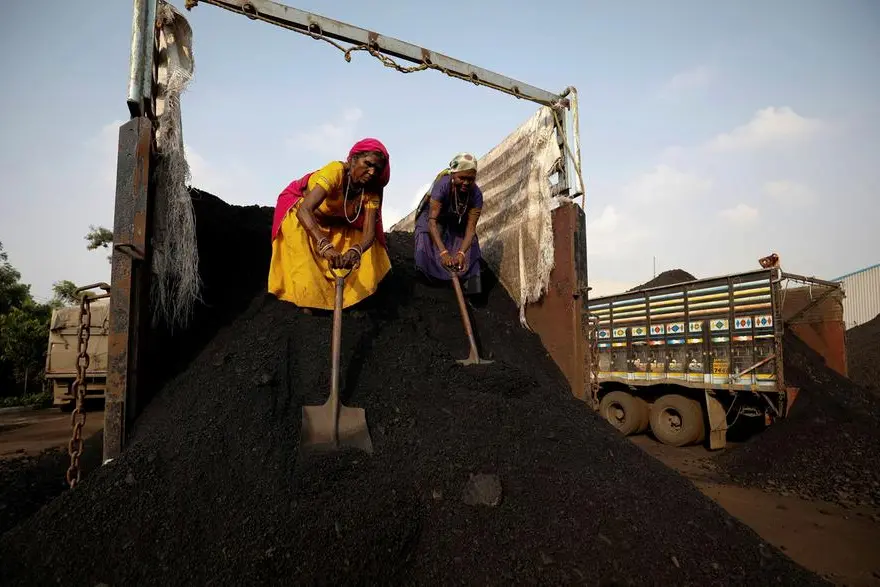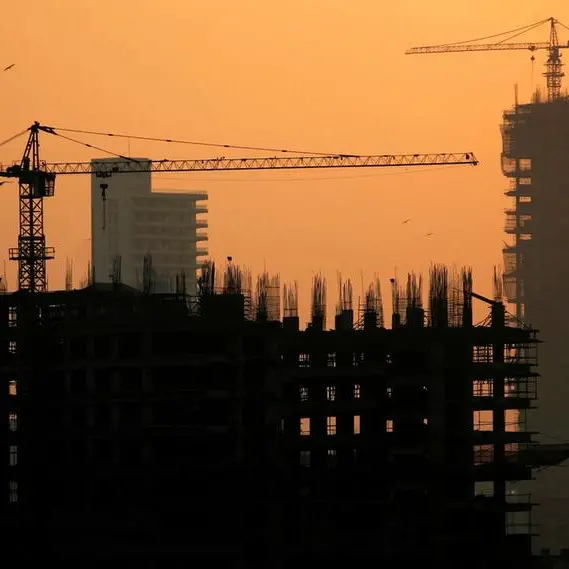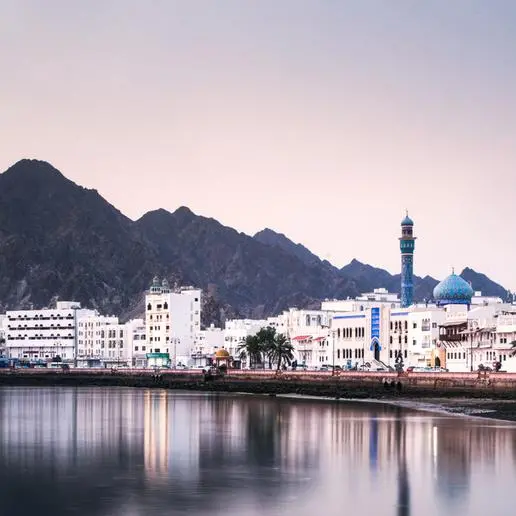PHOTO
India's coal-fired electricity generation and power sector emissions hit record highs during the first quarter as above-average temperatures spurred higher air conditioner use and economic expansion drove greater overall power consumption.
Coal-fired electricity output hit 338 terawatt hours during the first quarter of 2024, according to think tank Ember, which marked a 9.6% rise from the same quarter in 2023.
Total power sector emissions climbed by the same degree to a record 316 million metric tons of carbon dioxide and equivalent gases.
The country's power sector discharged a record 108 million tons of CO2 in March alone, and has emitted more than 100 million tons of CO2 each month so far in 2024, a record stretch for the country's power suppliers.
An extended heat wave throughout much of the country has likely resulted in even higher coal-fired generation since March, as power firms attempt to avert outages during the ongoing general election.
INTENSE HEAT
A key driver of the high levels of coal use has been the extended stretch of above-normal temperatures across much of the country.
Recorded high temperatures in the northern state of Haryana, which borders the country's capital New Delhi, have averaged 38.7 degrees Celsius (101.6 degrees Fahrenheit) since April 1, 9.2 C or 31% above the long-term average, according to LSEG data.
In New Delhi itself, recorded high temperatures have surpassed 35 C (95 F) on 26 of the 38 days since April 1, with temperatures averaging around 15% above normal, according to the Weather Underground data service.
The mean temperature in eastern India during April was 28.12 C (82.61 F), the highest since records began in 1901, according to the India Meteorological Department.
Such a prolonged heat wave has resulted in at least nine deaths and reduced voter turnout at election offices as people sought refuge during the hottest parts of the day.
COOL DRIVE
A key means of keeping cool is through the use of air conditioners, which are power-hungry devices that are becoming increasingly popular in homes and businesses throughout the country.
India has an estimated 93 million air conditioning units installed as of 2024, according to the International Energy Agency (IEA), which in a 2023 report noted that space cooling demand has been a major driver of India's growing electricity demand.
"Between 2019 and 2023, India's hourly electricity demand on a high-temperature day in June (above 36 C maximum daily temperature) increased on average by about 28%, caused largely by increased ownership of air conditioners to meet higher cooling needs and other appliances."
Due to expected further increases in average temperatures in India over the coming decades, electricity demand for household air conditioners is projected to increase nine-fold by 2050, to more than 1.1 billion air conditioning units, IEA data shows.
COOLING WITH COAL
To keep up with demand, India's electricity producers must crank coal-fired power generation, which accounts for more than 75% of total electricity output in the country, according to Ember.
Indian utilities have aggressively increased generation from renewable sources in recent years, with solar output during the first quarter of 2024 roughly twice the generation total during the same period in 2020.
Output from wind farms has also grown since 2020, by around 30%.
But production from hydro dams is historically volatile due to swings in India's rainfall patterns, with first-quarter 2024 hydro output down 20% from the same period of 2023. And generation from nuclear plants is largely flat, so power firms remain highly reliant on fossil fuels for the lion's share of the country's electricity.
As the emissions stemming from the use of those fuels contributes to further climate change and rising temperatures, the country looks set to remain locked in a vicious cycle of needing to burn more coal to keep cool. The opinions expressed here are those of the author, a columnist for Reuters.
(Reporting by Gavin Maguire; Editing by Jamie Freed)




















